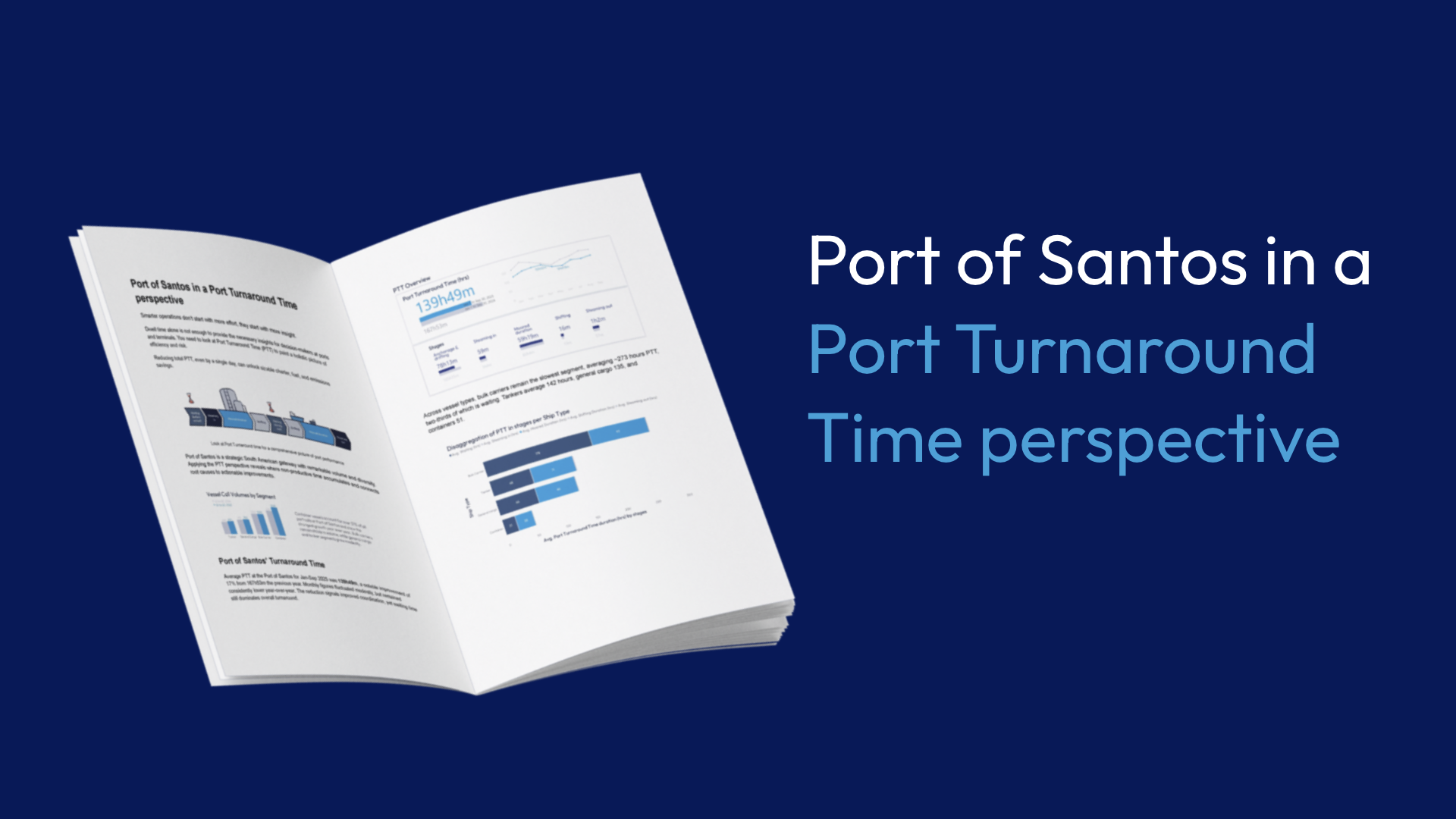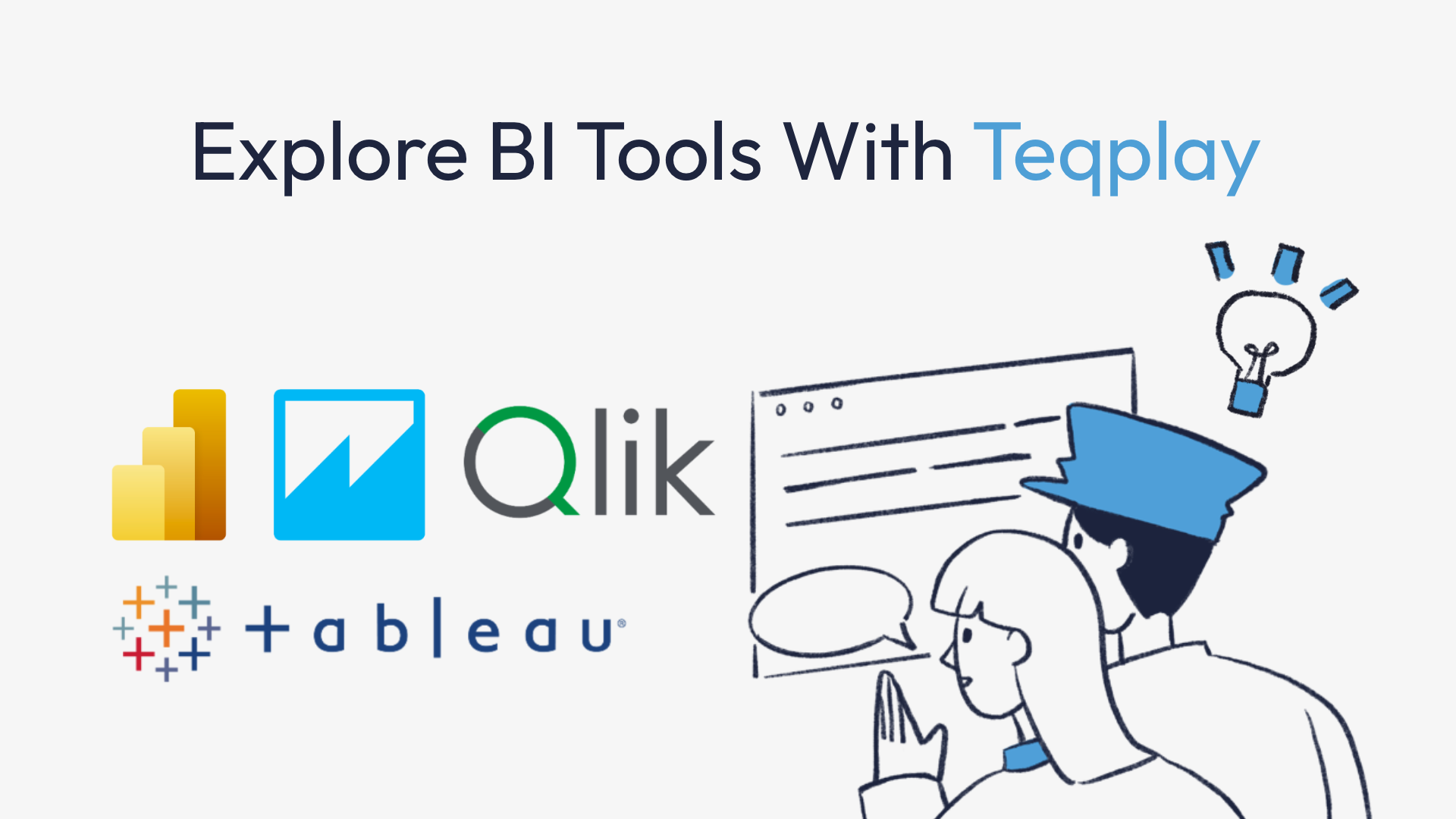by Léon Gommans
The common mantra in the shipping industry is that the world is unpredictable and complex. The industry sticks to its firm belief that the capability to react to unexpected changes delivers the actual value. But what if you can be truly proactive? Informed decision making is the way forward. This is how you do it, in 7 steps.
The effect of the belief in re-action is that many within the industry are convinced that technology and optimization programs will not be able to deliver the value promised. And yes, reacting instantly to changes, has resulted in a global industry that transports over 90% of all goods world-wide over the oceans and seas. An impressive accomplishment of which we all are proud – an industry with magnificent vessels and large scale infrastructure that is continuously bringing wealth. But the world keeps evolving and changing; new challenges like sustainability are on the table and affect the maritime industry. Trends like big data, transparency, connectivity, standardization and digitization are impacting the maritime industry significantly.
The news is: these trends will change the rules of the game and offer players capable of using these new insights an unfair advantage.
Informed decision making is essential if you want to win this game.
In this blog I will elaborate on 7 steps for informed decision making in the context of port call optimization. By following these steps, you will benefit from day one and be ready to win the future game.

Step 1: Contextualize & Identify the problem
Your starting point is to correctly identify the problem that must be solved. This might sound simple, but it’s impossible to begin working on a plan of action when you don’t fully comprehend the question you are trying to answer.
In the case of port call optimization the identification of the problem is not simple at all. A port call is a multi-actor collaboration which is highly dependent on the goals of the individual actors and influenced and affected by many events. You can create conceptually great models and a lot of research has been executed in this area but the implementation of these solutions has up until now proven not to be feasible.
So what do you do? The guiding principle is: “Decide Local”, as I discussed in my previous article on self-organisation. This basically means that information is available where the decision can be made. So the terminal will ultimately make a decision based on his context, no central decision making is executed.
Secondly, you need to take into account the bigger context of the port call. This implies including information that you may not have considered before such as a shipping line taking into account the average occupancy of a terminal when deciding on which terminal to call.
Value and alignment will be different for every stakeholder, i.e. the shortest port stay from the shipping line perspective; the vessel turnaround time for the terminal and the asset and staff utilization for service providers. So you need to consider your own perspective.
This will provide you with focus and guidance to determine what the actual problem is. You may have thought that it was XYZ, but it actually is ABC. The only way to find out is by gathering the right information. It is required in order to take the next step.
Remember… every operational issue is a valuable case for identifying and deeply understanding the industry’s challenges.
Step 2: Create insights: collect data and information
After you’ve identified the problem, the context and the decision to be made, it’s time to enter the information-gathering phase on the issue. Good decision-making requires you to be as informed as possible and tackle the problem from all available angles – even if it needs to be decided on the spot.

A port call is a highly collaborative process with many events influencing each other. That’s why structured data collection is essential – data of the individual problem cases but also data of frequently occurring cases.
Involving other people or stakeholders to discuss cases helps to get a broader perspective on the issues at hand. And once you understand your own problems, changing the perspective to the challenges of the other stakeholders might create new insights and potential ways of collaborating. For instance lowering the vessel speed in case you are notified of a delay occurring. If you know the potential savings for reduced sailing speed, you might be able to find and negotiate a mutually beneficial deal, from the terminal and shipping line perspective.
A lot of public data and powerful technologies are already available which provide relevant insights in the decision making process.
Step 3: Brainstorm on options and strategies
Use the information and the potential relevant data-points and scenarios you gathered in the previous step and generate as many solutions as you can, helping to identify the best alternatives. Don’t worry if none of these provide you with the right decision straight away; important decisions often require out-of-the-box thinking, so be as creative as possible during this part of the process.
In a port call additional insights could provide you with the ability to proactively reschedule and replan or even delegate part of the planning to the people executing the process. Take in mind that many of the processes within the industry have been built on the assumption that information is not available. Now insights are available it might become feasible to renegotiate a deal, outsource specific activities or even consider engaging with other stakeholders in the port call to find alternatives that you could not have imagined.
In the maritime industry we always have a solution for the problems at hand. This is an amazing source of inspiration.
Step 4: Weigh the options and strategies
Now that you have a list of potential solutions and common scenarios, it’s time to analyse each one of them. When you make tough decisions, there are different approaches you can take when examining your options. Get a piece of paper and make a list of pros and cons for each one. Make a decision-tree or flowchart, look for any red flags that may arise along the way. Compare each of your potential alternatives against the status quo to make sure there’s real potential to improve the future of your business or company. Beware of analysis paralysis—that is, spending so much time considering your alternatives that you ignore your gut instincts and never take action.
With having detailed data available on all port calls we are able to leverage the power of statistics. We analyse what happened, we know the likelihood of occurrence, so we can run the calculations and make an assessment on impact and cost. With the insight on actual occurrences of a delay we can determine if there is value to be made in adapting and agreeing on a new plan or contract.
Step 5: Make your choice
Once you’ve collected all relevant information and analysed the alternatives, it’s time to make a hard decision. If you’ve followed a thorough decision-making model, hopefully this final decision isn’t actually too difficult. However, it can sometimes be hard to pull the trigger, even when a rational decision is staring you right in the face. If you find yourself plagued with indecision or dwelling on the worst-case scenario, you may just have to trust your gut.
In the port call operations you continuously are making decisions, so I do fully trust that you dare to trust your gut!
Step 6: Enact you plan
After completing your individual decision-making process, you’ll need to develop a plan to put that decision into action. Now you get to play the role of the motivator, encouraging your team to implement your plan.
And in the collaborative setting of the port call it is important to determine the relevant other stakeholders and where and when possible communicate and actively involve them.
Step 7: Review the decision
Once a certain amount of time has passed, it’s time to analyse the results of your decision. When examining your own decisions, it’s crucial to remain objective and not fall prey to confirmation bias. Did your decision achieve the desired results? If it feels like you’ve made the wrong decision, review each step of your decision-making process to see what went wrong. Did you gather enough information? Are there ongoing processes that need to be changed to improve the results? Poor decisions are not the end of the world, and it’s important that you learn from your mistakes so that you’re ready to tackle the big decisions that come in the future.
This might be the hardest step. The maritime industry and specifically operational departments are programmed to react to things that happen. Fix now and move on. So, please, take the time to look back, to get your feedback, reflect and learn. That way you continuously adapt and can fully leverage the power of informed decision making.

Summarizing
The belief that shipping is too unpredictable and too complex for being truly proactive and in control is firm within the industry. With public data and powerful technologies readily available this unpredictability can become your competitive advantage. Data collection and analysing the public information available and translating these into relevant insights creates new opportunities.
So these are your 7 steps for informed decision making for port call optimization:
- Contextualize & Identify the problem
- Create insights: collect data and information
- Brainstorm on options and strategies
- Weigh the options and strategies
- Make your choice
- Enact you plan
- Review the decision
We firmly believe that following these steps will bring benefit from day one and prepare you to be a winner in the future game of shipping. You can create your own unfair advantage.
Saving money now and by doing this preparing for the future of your business, that is what I call an unfair advantage.
Connecting the dots for you
Over the last 7 years, Teqplay has developed a platform that provides shared real-time awareness for the maritime industry. Teqplay invested (and still is investing) in deeply understanding the industry. We have connected the dots and are able to provide the insights required for better decision-making. Our reporting services continuously inform stakeholders on what is happening now and in the future. We have developed control towers that give you insights and overview of the maritime process.
Better Insights. Less Waste!
We would love to hear your opinion on this blog post. Visit us on LinkedIN and let us know what you think!



